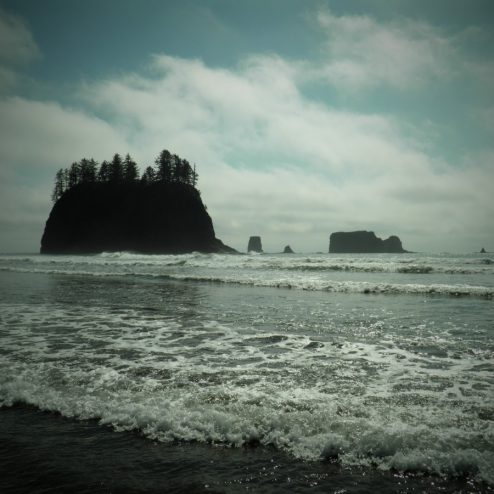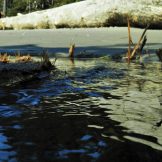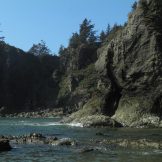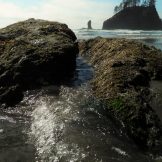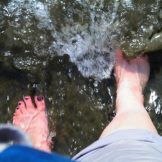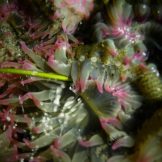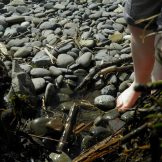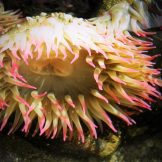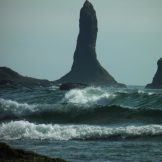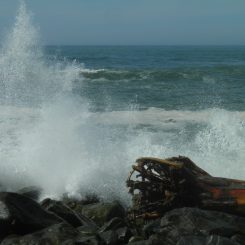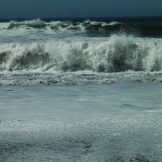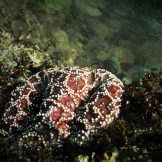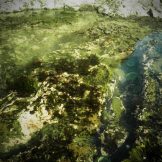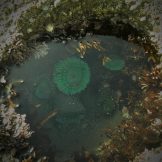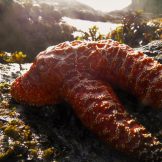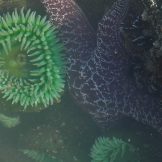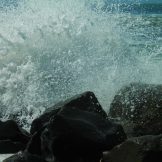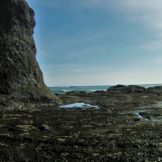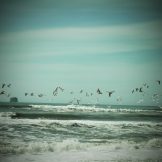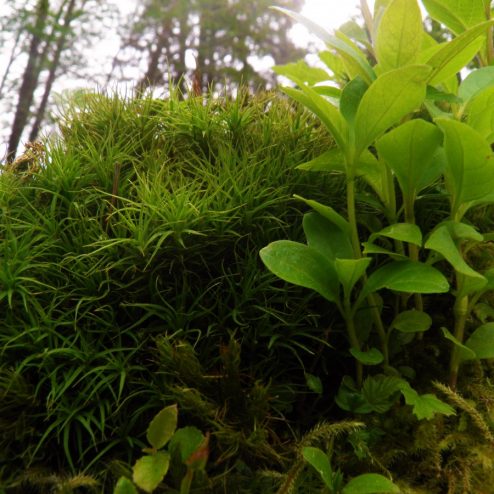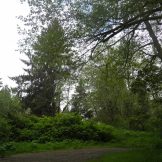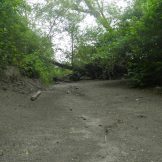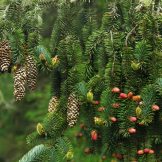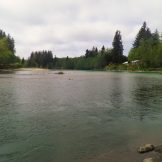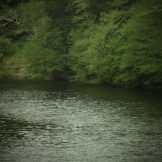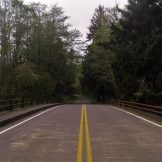My group Happy Joy, Randolph Marrissa and Allie, all studied the same areas together. We took a primarily historic and scientific approach. We mostly practiced taking notes and making strong relevant observations.
Second Beach
I loved the peacefulness found on Second Beach. It was very nostalgic for me, even though it was the first time at that particular beach. It reminded me of the Oregon beaches I love so much. The fact that I was only there to observe and record what this beach looks like because it may one day be gone was frightening. Beaches are perfect getaways, and I can’t help but imagine them disappearing in my life time.
Ecology
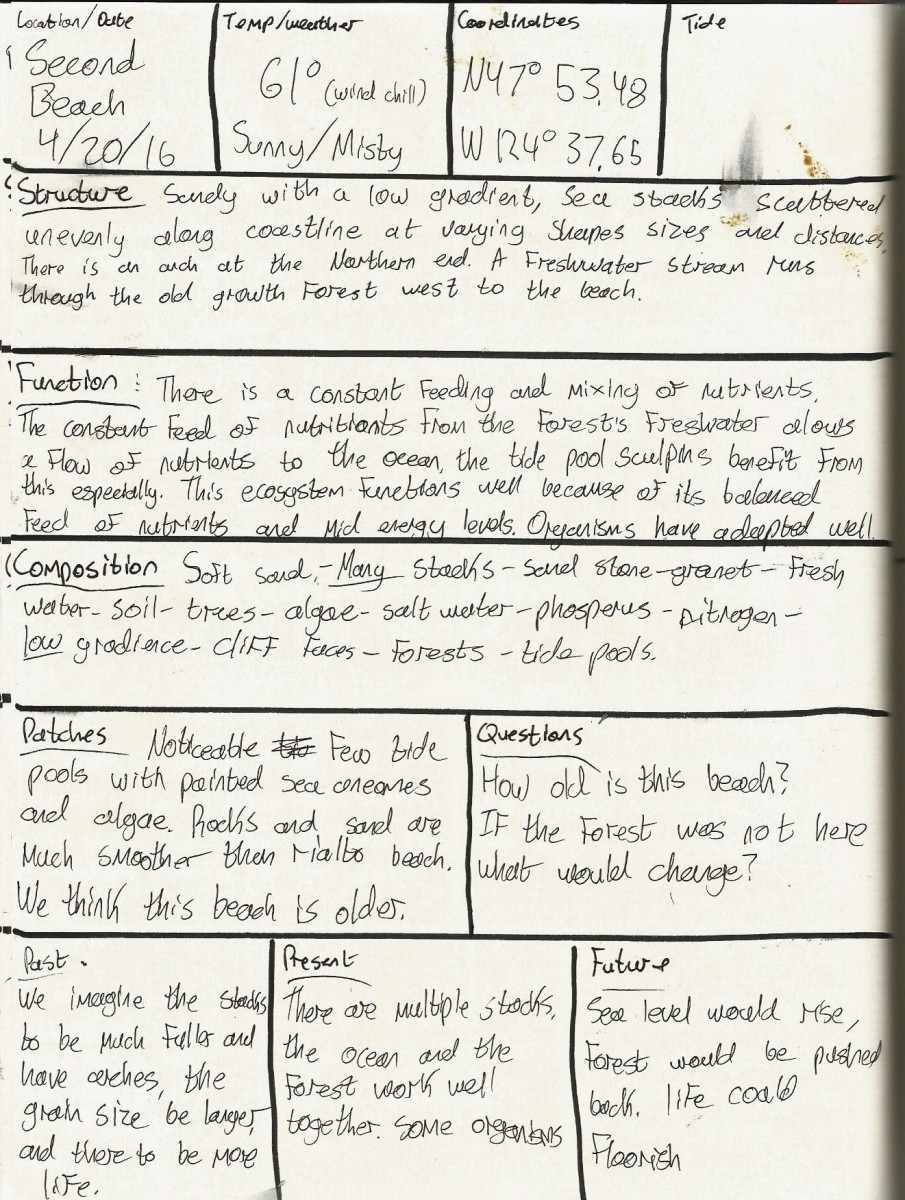
The ecosystem of Second Beach can be described as a beautiful mess. The constant flow of freshwater from the forest brings key nutrients like nitrogen and phosphorus into the ocean shore. These nutrients are necessary as ocean shore flora and fauna require them to thrive. Thankfully at second beach, there is a constant mix of nutrients. You may notice a pink hue on the sand, this is because the stream brings in garnet, which is a mineral, and that adds more nutrients to the ecosystem. Second beach is very productive, you can see that in the very small pools in the rocks with various organisms. Painted Anemones (Urticina grebelnyi), are found everywhere, along with species of barnacles, mussels and tide pool sculpins. On all the stacks and rocks near the beach, there is a lot of marine vegetation. Seaweeds and algae coat the rocks in layers, making perfect shelters for organisms. The energy on Second Beach is not low, but is not as high as Rialto Beach. For a coastline ecosystem, it is very mellow. This allows for a balance of adaptation to the environment and competition between predator and prey. Organisms are also exposed for about a third of the day, but they have adapted properly to survive both in and out of water.
Rialto Beach
Rialto beach was also very nostalgic for me because of the tide pools. I found my reason for living in a tide pool. My goals, my purpose, my drive, all found in a tide pool. The first time I went to the tide pools in a school trip during Coastal Studies for Girls, my mind was blown. My mind is still blown every time I visit a tide pool, Rialto was no different. I think my connection with the ocean is because of tide pools. I have never been out on the open ocean, only the puget sound, I have never been diving, and I have only stood on the beaches of the Northern Pacific and Northern Atlantic oceans. Tide pools give me a window into what I desire to study and protect. Knowing they are at risk gives me more of a reason and more of a drive to study them, and possibly keeping them from disappearing.
Ecology
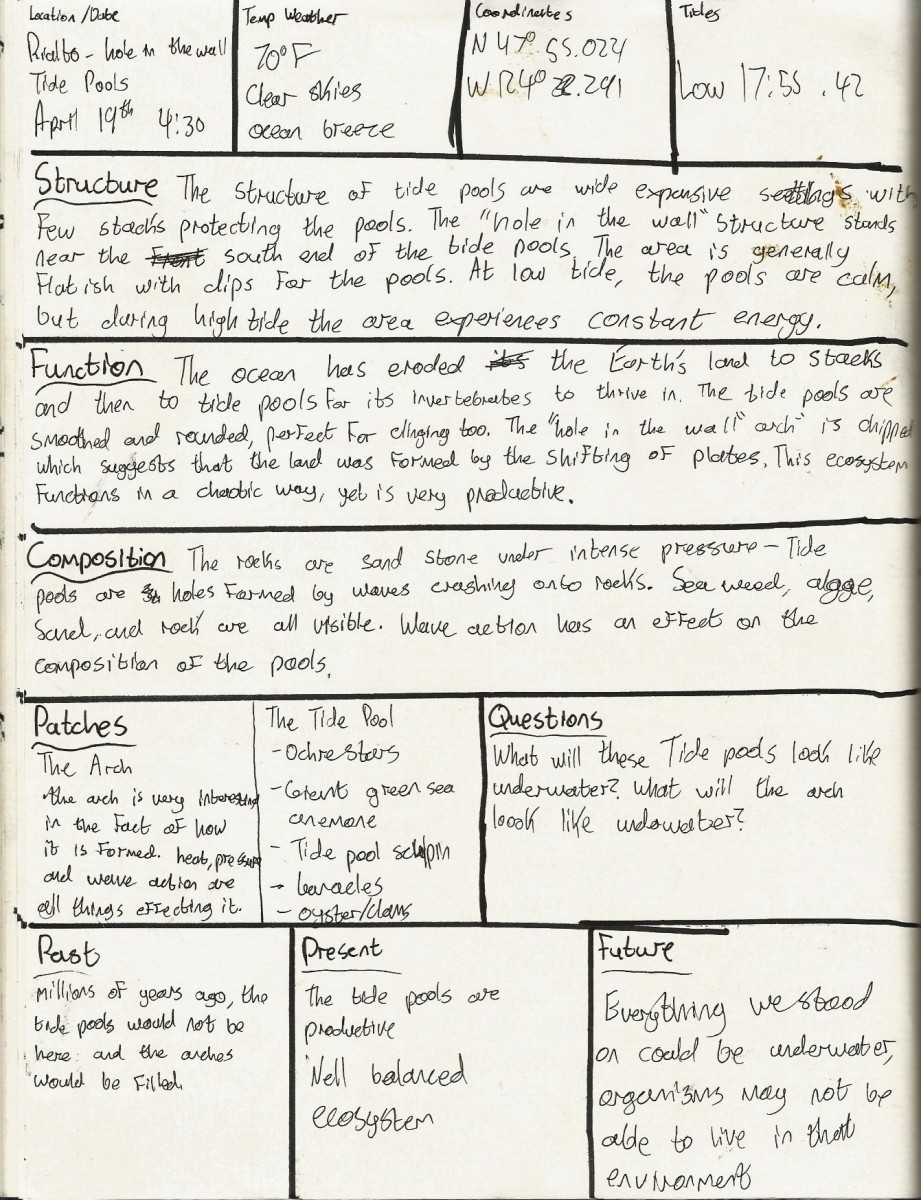
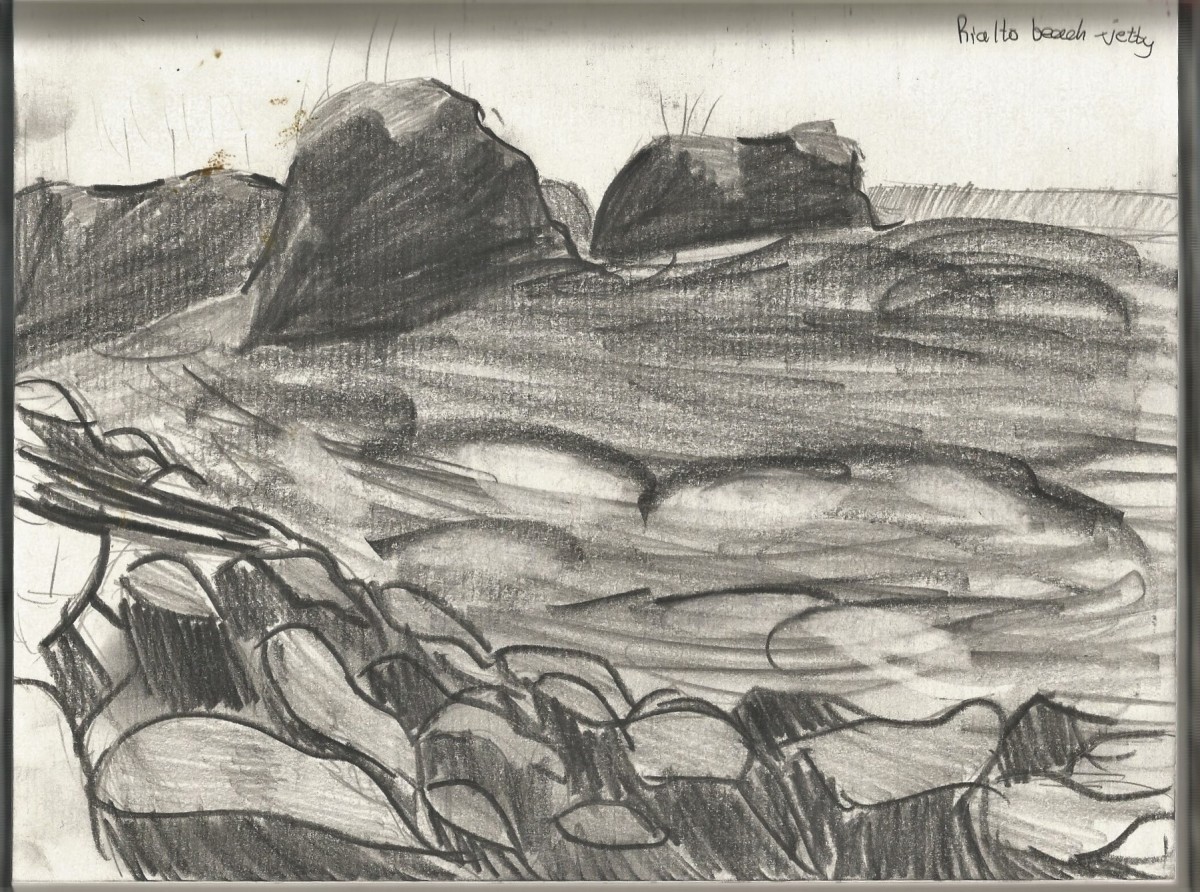
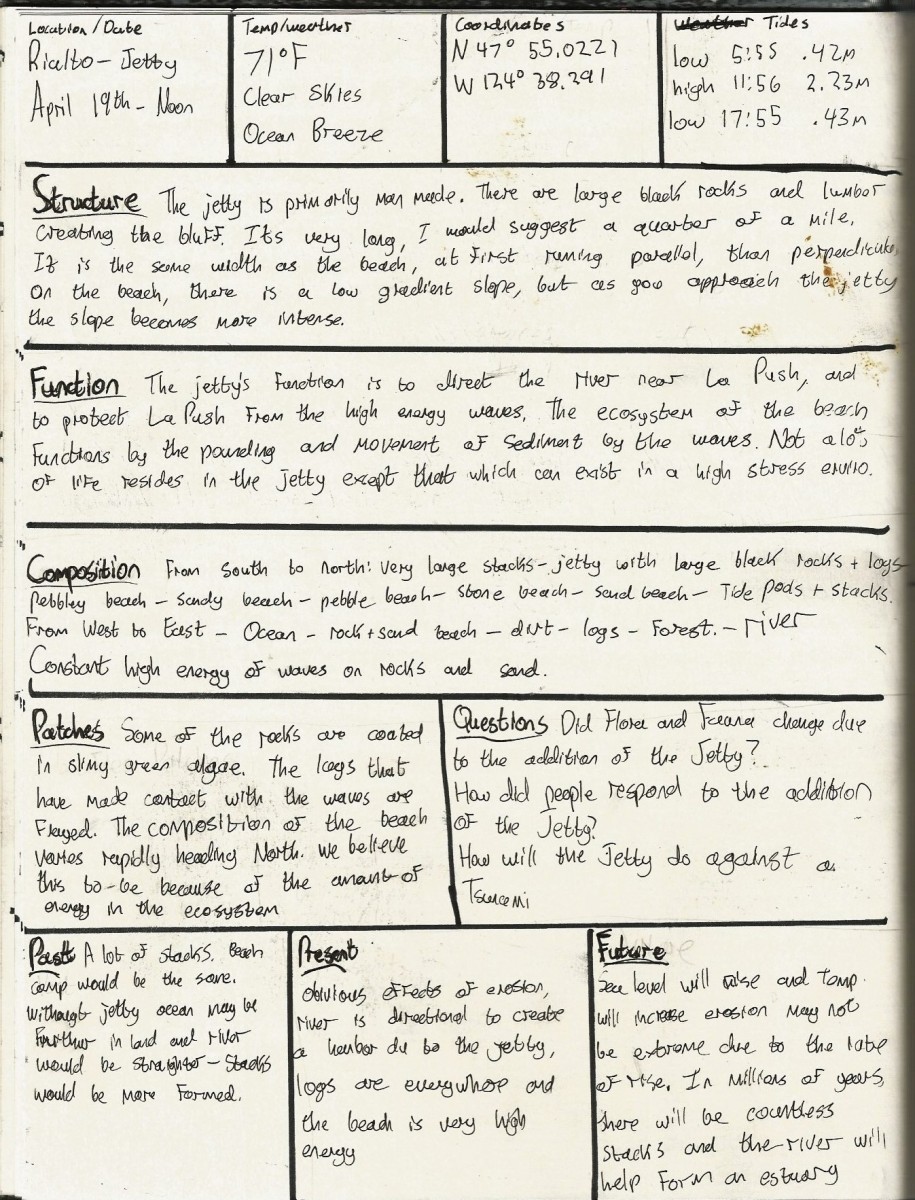
The ecosystem of Rialto beach gets more diverse the further north you travel. Starting at the jetty there is not much life to be found other than sand fleas and sea gulls. There is high energy, so a lot of sediment gets shuffled around with the high and low tide. On the jetty there is constant wave action so constant erosion occurs. As you travel north you see many instances where freshwater is flowing from beneath the sand into the ocean from the forest to the East. The sand type constantly changes between fine black sand to pebbles to larger stones and then back again. This ecosystem is chaotic, but it functions properly.
The tide pools on Rialto beach offer a much more diverse level of life than the beach south to it. Because of the mixed semi-diurnal tidal system on the west coast, the organisms here have adapted to withstand being exposed and underwater for 2 periods a day. Organisms like the Ochre Star (Pisaster Ochraceus) have adapted to the rocky intertidal zone by having hundreds of tube feet on their underside to let them grip. Ochre stars have also adapted their prey to be the abundant mussels found on the tide pools. All in all, organisms found in the tide pools at Rialto beach must be able to find food and a place to hold on. This environment is very stressful, yet very productive. This is because of the amount of food and sediment being brought in from the forest streams and the ocean currents. Rialto beach and tide pools may not seem very productive, but it is a highly functioning ecosystem.
Dicky River
The Dicky River seems like the kind of place I would like to take a nap. Everything was so green, everything was so quite. The aroma that all the vegetation gave off didn’t help in my resistance to just lay down in the grass and snooze. This place too, was nostalgic. It reminded me of my backyard growing up. I always miss the days of playing pretend in my forest of a back yard and not having a care in the world.
Ecology
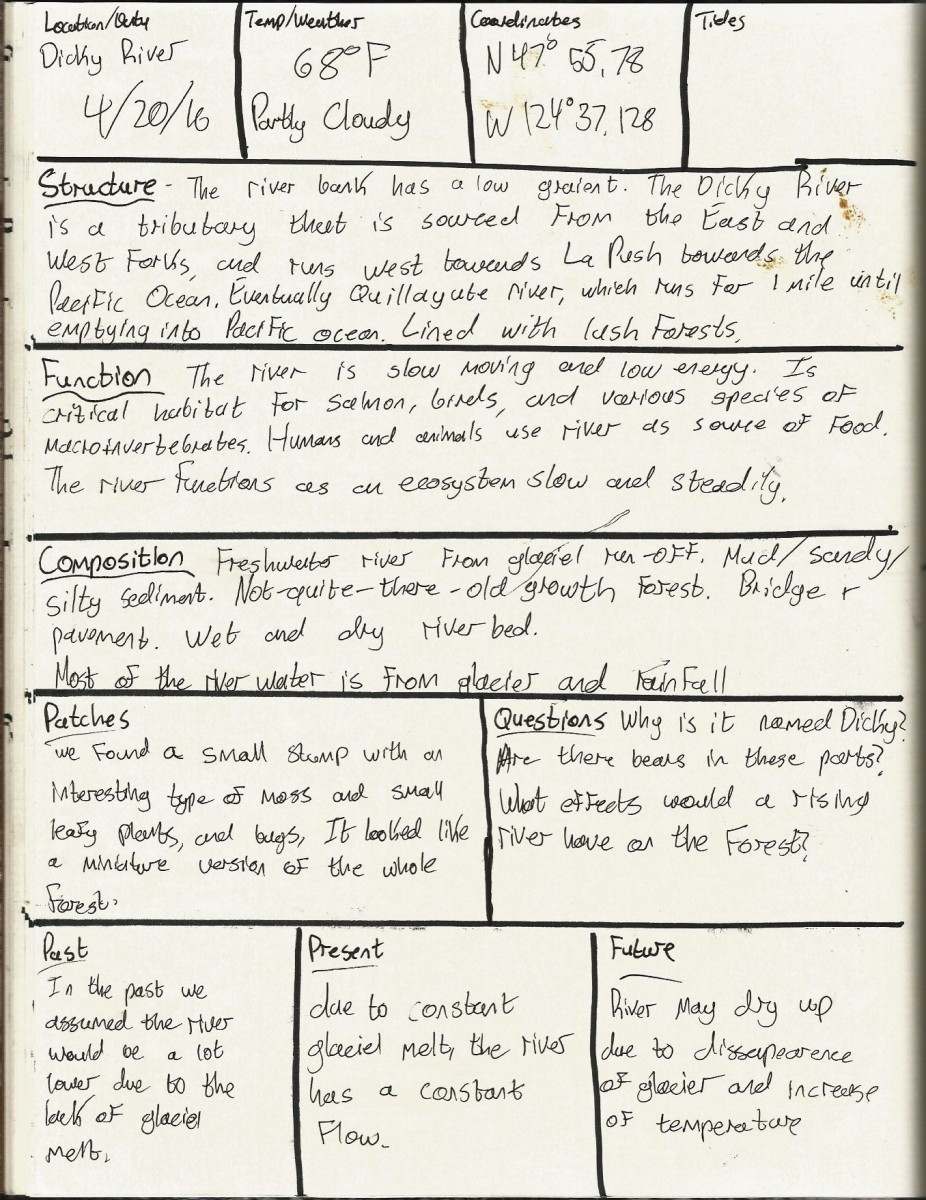
The ecosystem at the Dickey River is more complex than it would appear. The lush forests surrounding the river provides leaf litter for the composition of the river’s bed. The decomposition of forest matter gives nutrients to help the river support variants of life. Crane flies, otters, and eagles all alike thrive off the river. As well as fauna, flora is especially supported by the river. One can tell the forest is very healthy by all of the lush moss and full leaves on the trees. The floor of the forest is soft and full of moisture. Unlike Rialto Beach, Dickey River is slow moving and low energy allowing all types of organisms to thrive there. The environment is not stressful, but because of that there is a lot of competition within the ecosystem. So the organisms, flora and fauna alike, must adapt against each other. The floor of the river is soft sandy sediment, perfect for fresh water macro-invertebrates to thrive. The forest may not be old growth, but it is on its way. The forest and river alike help each other thrive, so Dickey River is the perfect example of a thriving ecosystem
